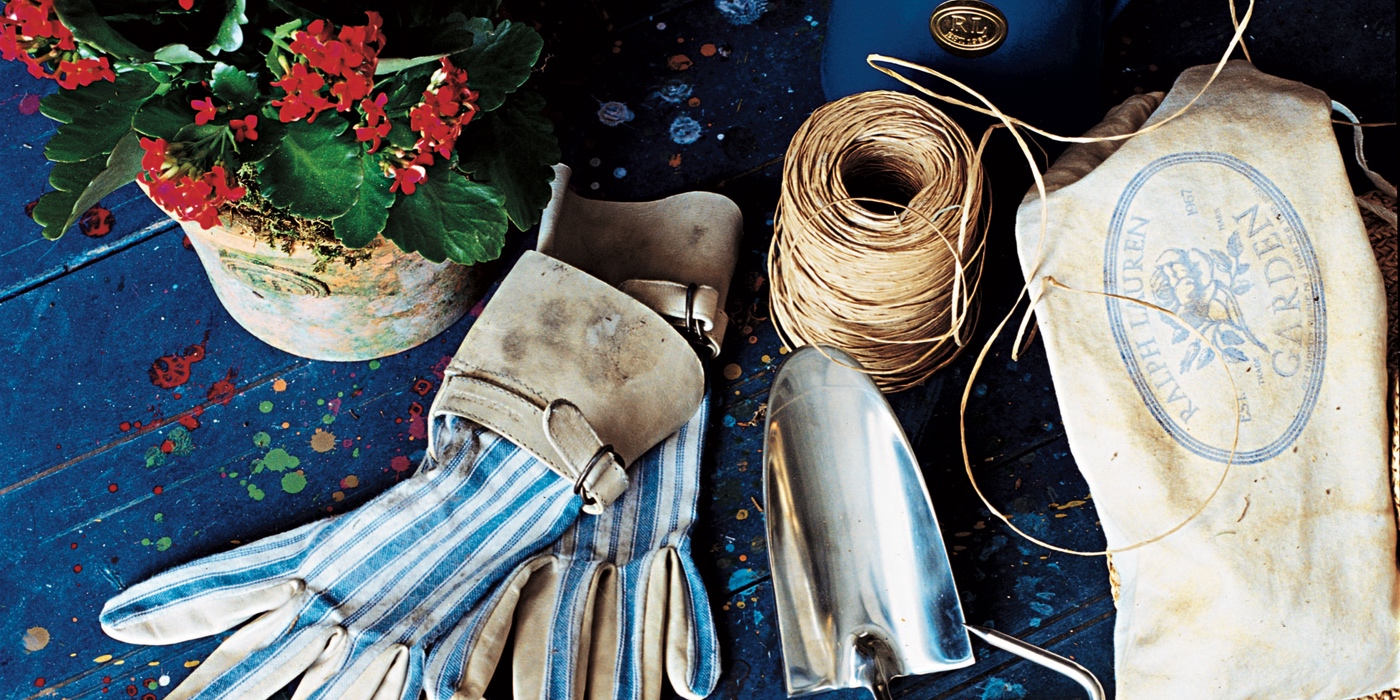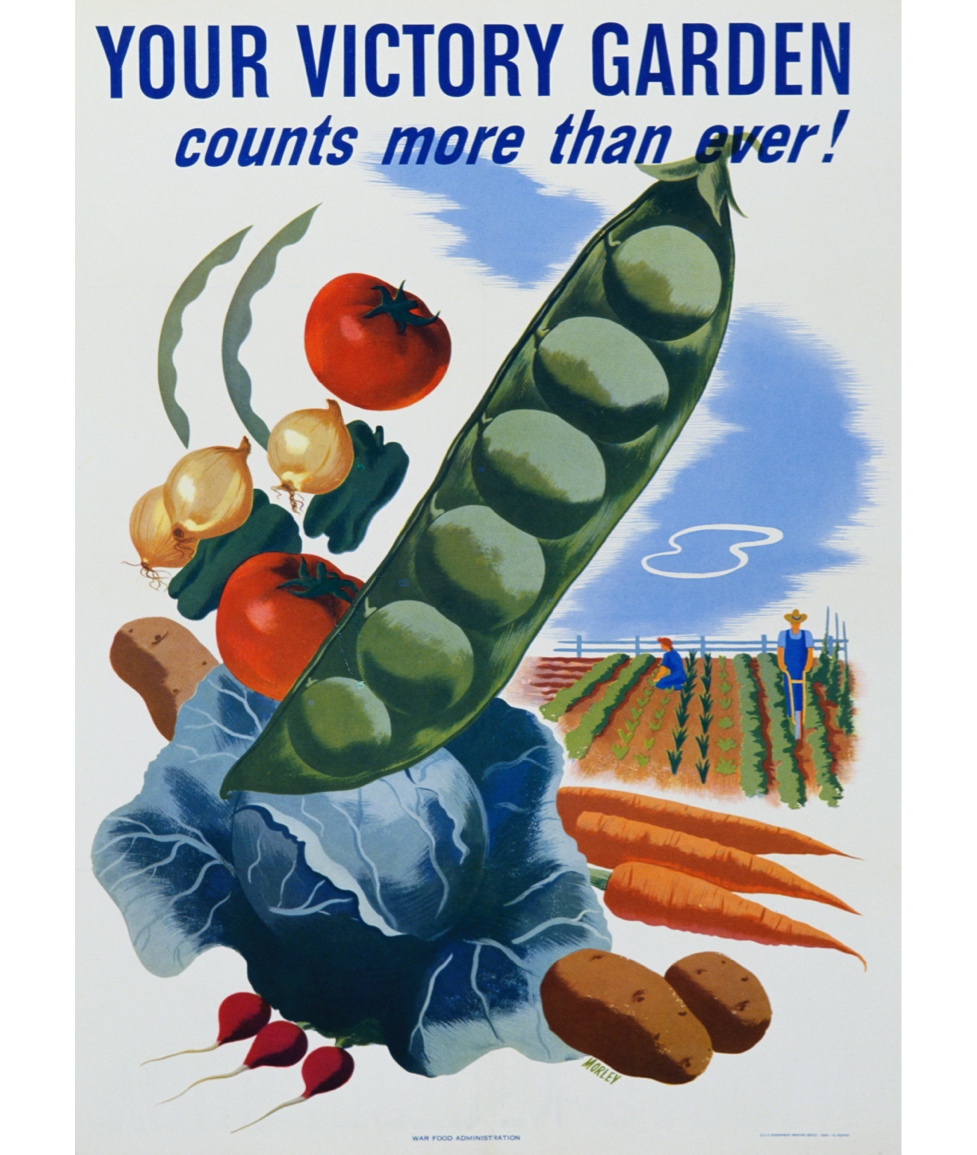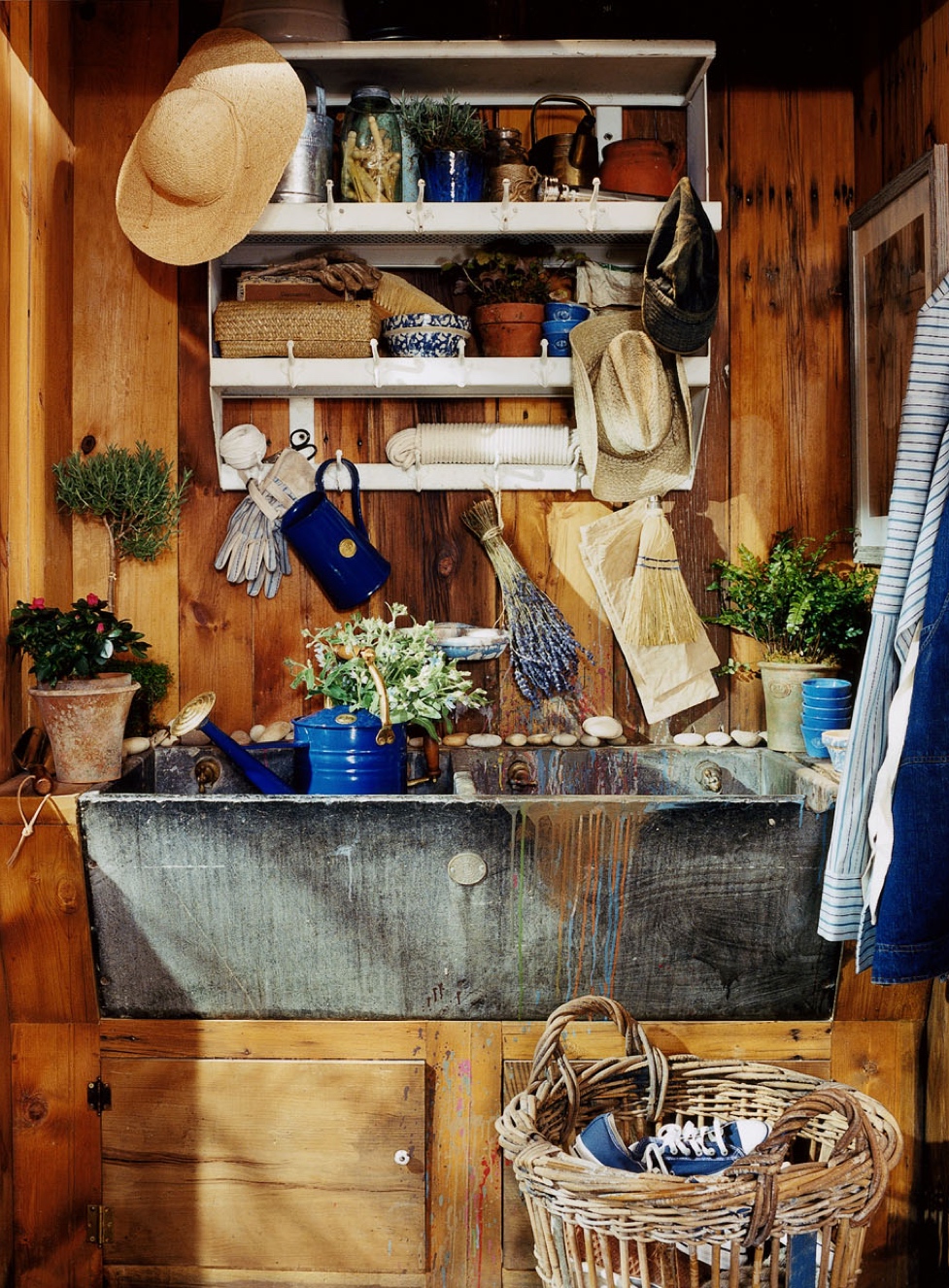
How Does Your Garden Grow?
Get inspired by the Victory Gardens of yore—and get growing. Here’s everything you need to know“To plant a garden is to believe in tomorrow,” Audrey Hepburn once said. It’s no surprise then that the first man-made gardens can be traced back to prehistoric times, with our dedication to sowing and tilling the land celebrated in Egyptian tomb paintings, the Hanging Gardens of Babylon, and the famous lush groves of Plato’s Academy.
In the Middle Ages, monasteries kept gardens as much for a food source as for medical purposes. And during both world wars, governments across Europe and the United States called on their citizens to supplement rations (and boost spirits in the process), by planting fruits, vegetables, and herbs across all manner of private and public land. From parks to rooftops, fields, and schoolyards, 20 million victory gardens, as they came to be known, became the source of 40 percent of America’s fresh produce at the height of the war effort.
Be it gardening’s meditative nature or the simple joy of watching a humble seed sprout into a leafy crop, there’s just something enduringly transformative about getting your hands dirty. And at a moment when so much is out of our control—from our tight quarters to our fractured daily routines—the small act of gardening can offer a space for solace and calm. With the spring days stretching out ahead of us, now’s the time to pick up a spade, grab some seeds (and your cohabitants in quarantine), and get growing.
Whether you’re a beginner or seasoned green thumb, lucky enough to have a patch of yard or working with a window box (or a fire escape, as some seriously impressive victory gardens proved possible in decades gone by), be sure to plan and plant at a scale that won’t overwhelm you.

Above all else, the idea is to have a good time, not stress over seed rotation. Three or four crops is more than enough (keep in mind that plants need space and daily upkeep). There are plenty of great YouTube tutorials out there to give you a crash course in how to set up your plot, whether you’re working with old milk crates, flowerpots, or an actual backyard. Basic tools—think gloves, shears, a trowel, and a fork—are all you need. And if your arsenal is not complete, now’s the time to get creative with what’s around the house (that chintzy coffeepot can make for a spot-on watering can).
If you don’t have seeds at the ready, don’t worry. Many nurseries and hardware stores nationwide, as essential businesses, have remained open and offer no-contact pickups. There are also plenty of ways to order online, and, for the most impatient among us, a fair share of fruits and vegetables that can be grown from their own seeds or scraps. True beginners can always consider picking up transplants, which will yield easier and more reliable results. And as simple as it sounds, make sure to plant things that you and your family will actually enjoy eating, keeping in mind that depending on your weather forecast, some will need to be started at home and moved outdoors when the ground loses its last frost.

Once in the soil, among the quickest to mature (you’ll start being able to harvest and enjoy about a month after planting) are green onions, radishes, baby spinach, and lettuce. Herbs like basil can get going in a glass of water on a sunny countertop and be planted in the earth once roots develop. Similarly, potato pieces (as long as they have one eye sprout), ginger scraps, and pepper seeds will all easily flourish into full-grown beauties. As for universal tips for outdoor success? Use compost if you can, research each plant’s needs, be diligent with your watering, and remember to pick a sun-soaked spot. Planting flowers with your edibles will attract insects happy to enrich your soil while making your space that much more lovely to look at.
In keeping with the tradition of gardens that have spanned both the globe and human history, take pride in making yours a communal affair. Now is a great time to teach your kids how to plant something and give it the space and time it needs to grow. A crop with everyone pitching in will taste that much better when it’s ready to eat, not to mention bring a bit of victory spirit to the tough times we’re all riding out together. Shared with family or delivered to your neighbor’s stoop, consider it nature’s welcome reminder that though exactly how our gardens bloom is ultimately out of our control, it’s certainly not out of our hands.
- ©Ralph Lauren Corporation
- Courtesy of Getty Images







